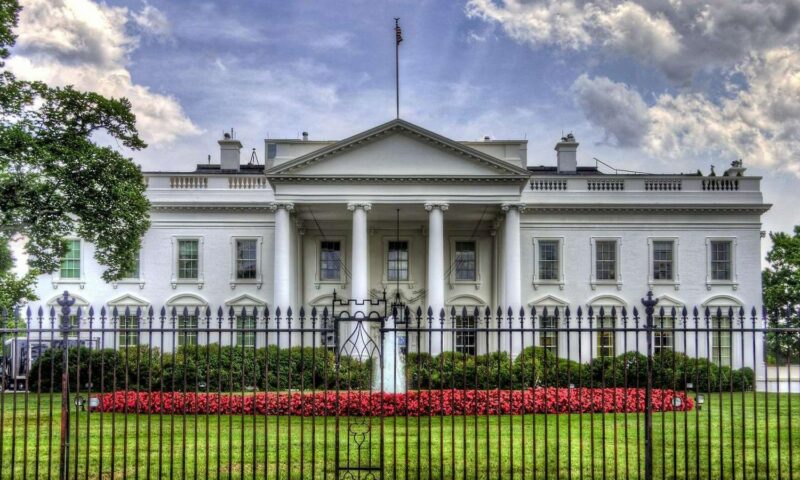Older workers’ numbers growing. Salaries, too.
(Pictured: The wage gap between 65-plus workers and ones between 25 and 64 has narrowed significantly, according to Pew Research Center.)
By Richard Fry and Dana Braga
Roughly 19 percent of Americans 65 and older were employed in 2023 – nearly double the share of that age group who were working 35 years ago.
According to a survey by Pew Research Center, not only are older workers increasing in number, but their earning power has grown in recent decades. In 2022, the typical 65-plus worker earned $22 per hour, up from $13 in 1987. Earnings for younger workers haven’t grown as much. As a result, the wage gap between older workers and those ages 25 to 64 has narrowed significantly.
Today’s older workers are also different from the past in other important ways:
- They’re working more hours, on average, than in previous decades— 62 percent full-time, compared with 47 percent in 1987.
- They’re more likely to have a four-year college degree. Forty-four percent have a bachelor’s degree or more education, compared with 18 percent in 1987. That puts them about on par with workers ages 25 to 64.
- They’re more likely to be receiving employer-provided benefits such as pension plans and health insurance. Younger workers’ access to these employer-provided benefits has decreased in recent decades. For example, among workers 65 and older, 36 percent now have the option to participate in an employer or union-sponsored retirement plan (either an old-style pension or a 401(k)-type plan), up from 33 percent in 1987. Only 41 percent of younger workers such retirement plans at work, down from 55 percent in 1987.
Continuing a longstanding trend, older workers are more than twice as likely as younger ones to be self-employed (23 percent to 10 percent).
Taking all these factors into account – more older adults in the workforce, working longer hours with higher levels of education and greater pay per hour – older workers’ overall contribution to the labor force has grown quite a bit. In 2023, they accounted for 7 percent of all wages and salaries paid by U.S. employers–more than triple the share in 1987 (2 percent).
Pew Research Center found that workers 65 and older are more satisfied with their jobs overall than younger workers and less likely to say their work is stressful.
The percentage of older workers in western Washington varies dramatically. Based on data from the U.S. Bureau of Labor Statistics and the Census, Seattle is the 26th-ranked city nationally at 25 percent, while Tacoma (16 percent) and Vancouver (15 percent) are in the bottom-15.
Various studies and reports, including one from AARP, have revealed that nationally, about a quarter of workers 50 or older think they’ll never retire. Their reasons include rising costs of living, lack of retirement funds, and a desire to remain in jobs that they like. In Washington, 43 percent of private-sector employees don’t have access to an employer retirement plan, according to the state Department of Commerce.
Gender, race, and the older workforce
The demographic makeup of the U.S. workforce overall has changed substantially in recent decades. Some of those changes reflect broader societal shifts, like more women entering the labor force and going to college. Others are tied to the changing racial and ethnic makeup of the country. These trends can be seen across the older and younger workforces.
Women are a larger share of the older workforce than in the past. Today, women represent 46 percent of all workers ages 65 and older. Their share was 40 percent in 1987 and 33 percent in 1964. This trend mirrors almost exactly the pattern seen among younger workers.
In addition, older women today (42 percent) are much more likely than their predecessors (12 percent in 1987) to have a four-year college degree. And older women are now about as likely as men to have a bachelor’s degree or more education—42 percent and 45 percent, respectively.
In years past, men of all ages were more likely than women to have a college degree.
The young adult population is at the forefront of racial and ethnic change in the U.S., and the demographics of the labor force reflect that.
Majorities of older and younger workforces are White, but those shares have declined from previous decades. Meanwhile, shares of Black and Hispanic adults have risen. Still, the younger workforce remains more racially and ethnically diverse: 59 percent of 25 to 64-year-olds are White, compared with 75 percent of those 65 and older. And 19 percent of workers among the younger workforce are Hispanic, compared with 9 percent of older workers.
In addition, 20 percent of younger workers today are foreign-born, compared with 16 percent of older workers. (Data isn’t available prior to 1994.)
Source: Pew Research Center (pewresearch.org), a non-partisan researcher of public opinion, issues, and trends.



